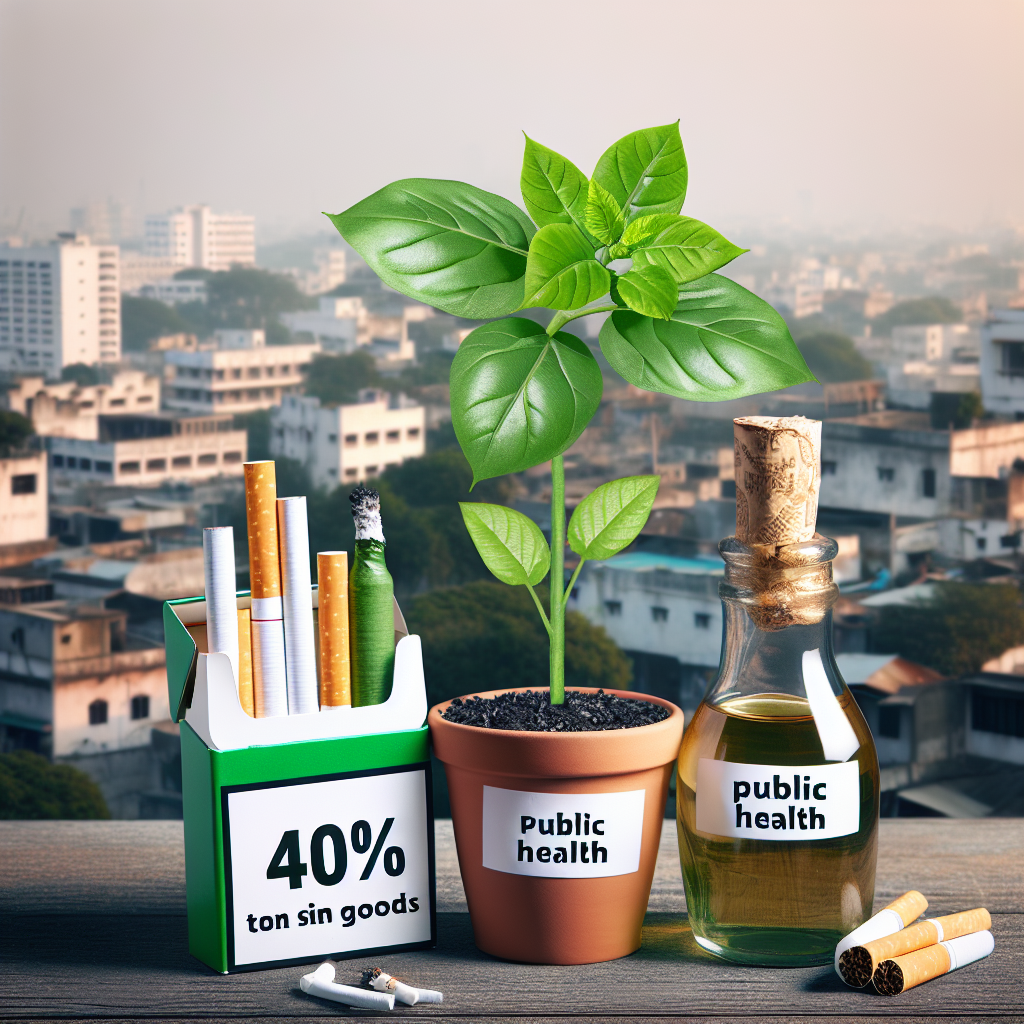Major Tax Hike on Tobacco and Sugary Drinks: A Win for Public Health

Introduction
In a landmark decision for public health, the GST Council has announced an increase in the Goods and Services Tax (GST) on pan masala, tobacco products, cigarettes, and sugary aerated beverages to a substantial 40%. This move is celebrated as a major win by health advocates and government officials alike, as it seeks to discourage harmful consumption habits and promote a healthier society.
Significance of the Tax Hike
The increased tax rate is designed to address several key public health concerns:
- Reduction in Consumption: Higher taxes on tobacco products and sugary drinks are anticipated to lead to decreased use among consumers, particularly among vulnerable populations.
- Improved Health Outcomes: By discouraging the consumption of carcinogenic substances and sugar-laden beverages, this tax increase aims to combat lifestyle diseases such as cancer, diabetes, and heart disease.
- Funding for Health Programs: Increased revenue from these taxes can be allocated to public health initiatives and campaigns to further educate citizens about the dangers of these products.
Potential Impact on Society
- Youth Awareness: With higher prices, younger individuals may be less inclined to purchase tobacco and sugary drinks, leading to healthier habits being instilled from a young age.
- Economic Considerations: This policy could also contribute to reduced healthcare costs over time as the population experiences lower rates of diseases associated with smoking and sugary drink consumption.
- Social Responsibility: The increase reflects a commitment by the government to prioritize the health and well-being of its citizens over economic gain from harmful products.
Conclusion
The GST Council’s decision to elevate taxes on harmful products marks a pivotal moment in public health policy. By prioritizing health over profit, this initiative aims to foster a healthier, more informed population. As we move forward, the effects of this tax increase will be closely monitored, and its potential to transform public health outcomes can’t be overlooked.
